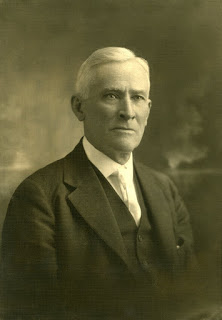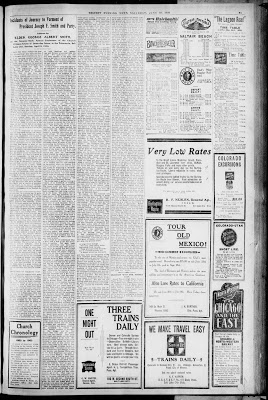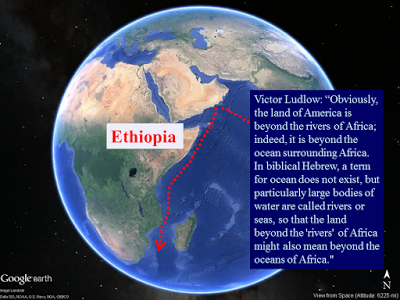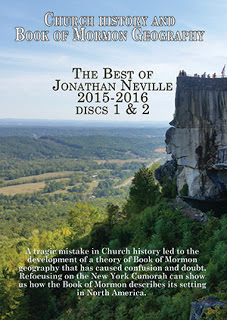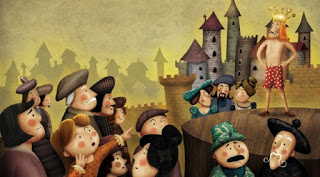 |
| Anthony W. Ivins |
On April 6, 1928, President Anthony W. Ivins of the First Presidency spoke in General Conference about the Hill Cumorah in New York, which had recently been purchased by the Church.
“Reference has been made by the President of the acquisition by the Church of the spot of ground in the state of New York known as the hill Cumorah. It appears to me to be an event of such importance that I desire to devote the short time which is at my disposal this morning to a discussion of that subject. There have been some differences of opinion in regard to it, and in order that I might be correct in the statements which I make I have this morning finished a short manuscript which I would like to read—the first time. I believe, in my experience, that I have ever addressed a congregation in this manner, and I do it for the purpose stated.”
You can read the entire talk on Gospelink here, or on archive.org here.
President Ivins spoke about the “final disposition” of the records.
I note two significant points here that I’ll write more about next week. First, Mormon deposited all the sacred records except his abridgment into the records repository in the hill Cumorah. Second, that the hill in New York was the location of the depository.
President Ivins continued:
I realize there are many LDS scholars and educators who disagree with President Ivins because of their own private interpretation of the scriptures. That’s fine. These are the same people who disagree with everything I’ve posted on my blogs so far, from Letter VII forward.
We can all believe whatever we want to believe. But there are many members of the Church who, like me, agree with what President Ivins said here. The LDS scholarly community continues to seek to suppress the views of those who agree with President Ivins, but we’ll continue to speak out on this blog and elsewhere.
